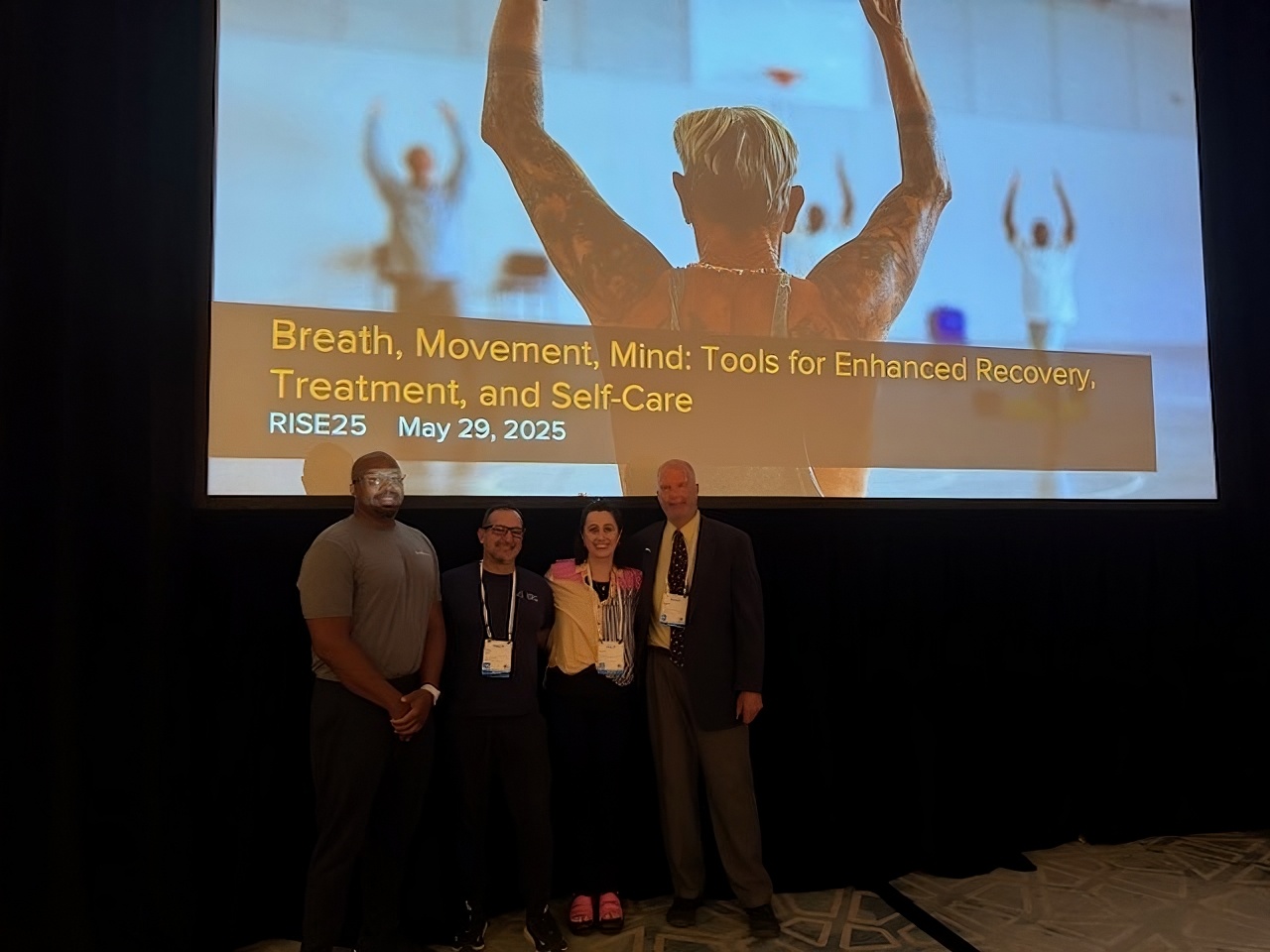An excerpt from the book Rich Thanks to Racism addresses shifting investments in mass criminalization to multidisciplinary systems of care.
“For example, in the early 1970s our public investment in the criminal justice system was only about one-fifth of what it is now, and our incarcerated population was 85 percent lower than it is currently.
Additionally, there are already numerous places in the US where we have been able to advance public safety without creating the type of police state that exists within many Black and Brown communities—namely, virtually every predominantly white community in the country.
In fact, if we are looking for other models of places that don’t rely on incarceration as much as we do, we can just pull out a map and throw a dart. Any other country in the world that we hit is going to have a lower incarceration rate than we do.
The fact is that almost every other place in the world, at almost every point in history, has used criminalization and incarceration less than the US does within communities of color. So it shouldn’t be that hard to envision something better.
To actually implement a more just and humane approach, we will need to engage in a comprehensive overhaul of our approach to public safety, including substantially adjusting the roles and budgets of all components of the criminal justice system. We will also need to reassess our understanding of what and who actually makes us safe. ” —Jim Freeman
You can read the entire except here: https://ssir.org/books/reviews/entry/what_really_makes_us_safe




